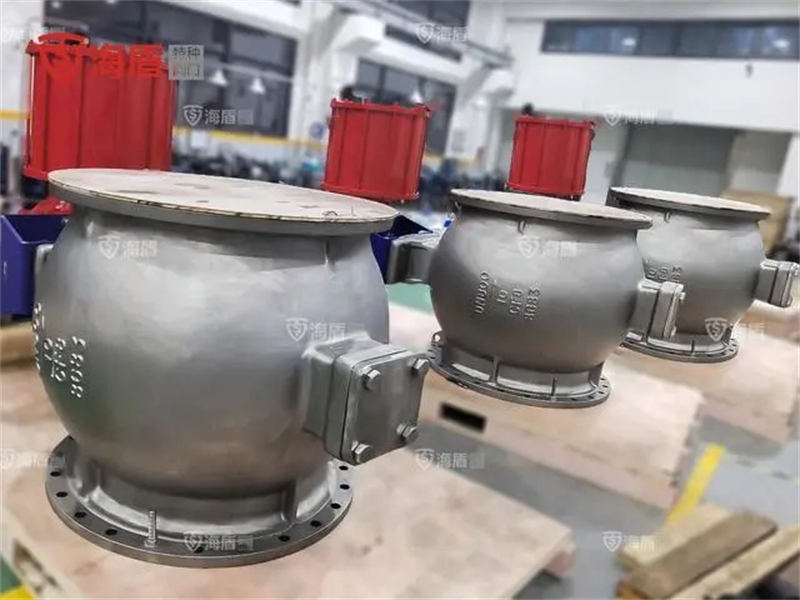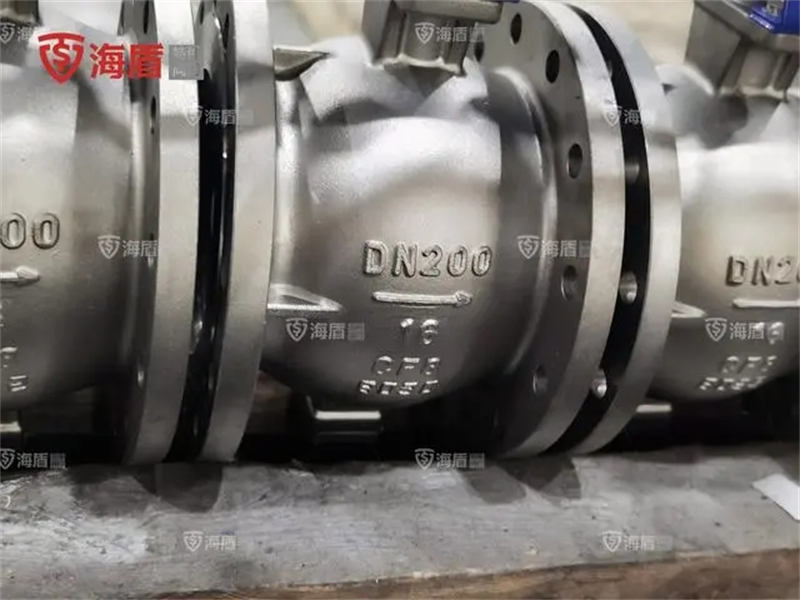V-port ball valves(segment ball valve)excel in flow control, exhibiting the following performance characteristics:
1. High-Precision Flow Control: V-type ball valve design enables it to provide high-precision flow control. By rotating the valve core, the valve's opening can be finely adjusted, allowing for precise regulation of fluid velocity and flow rate. This precision makes V-port ball valves(segment ball valve)suitable for applications requiring strict control of process parameters, such as chemical processes and laboratory environments.

2. Linear Control Characteristics: V-port ball valves(segment ball valve)typically have linear flow control characteristics, meaning there is a direct linear relationship between valve flow and valve opening. This characteristic facilitates accurate flow control across various degrees of valve opening.
3. Suitable for Different Media: V-port ball valves(segment ball valve)can be used for flow control of liquids, gases, and particulate media. Due to their unique design, they provide reliable flow control for different types of media.

4. Shearing and Cutting Capabilities: The V-shaped valve core of V-port ball valves(segment ball valve)has the ability to shear and cut through the media, making it particularly suitable for applications requiring handling of suspended particles or high-viscosity fluids. This helps prevent particle clogging and ensures uniform fluid flow.
5. Fast Response Time: Thanks to the V-type ball valve design, they typically have a fast response time, capable of rapidly adjusting flow to meet changing process demands.

In summary, V-port ball valves(segment ball valve)offer highly controllable and precise flow control capabilities, making them suitable for a wide range of industrial and laboratory applications that require accurate flow control. Their linear control characteristics and versatility in selecting different media make them an important tool in the field of fluid control.


















